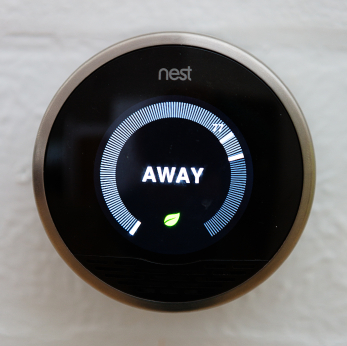
Ups and downs are to be expected for any industry, especially those that are relatively new and still searching for their place in the global economy.
Cleantech is no different. It has had some large disappointments to be sure – like Solyndra and now Fisker – but on the whole has carved out a decent niche for itself from the neighboring energy and technology sectors. New developments are coming every day that excite both consumers and investors, and with climate change an ongoing concern, they can’t keep coming fast enough.
Here are three great examples of cleantech that show promise to transform our work, homes and lives for the greener and the better.
Rare Earth Metal Batteries
Batteries are at the core of every wireless electronic device not directly plugged in to the grid. They are also notoriously slow to recharge.
Professor Zaiping Guo of the University of Wollongong in Australia has developed a new battery based on Germanium that can hold 5 times more energy per unit volume than current commonly used lithium-ion batteries.
The newly developed anode materials are easy to put together and can be readily scaled up to industrial production levels. Though the materials used in its construction (specifically Germanium) are still expensive, mass production should reduce costs.
According to Professor Guo, the new batteries can be charged faster than current models and could be great fits for electric vehicles, personal electronics and even on the large scale as storage for renewable energy generation.
Beyond the Learning Thermostat
Nest, the new wave, high tech thermostat that automatically learns your heating and cooling preferences, has come out with new programs to help customers save even more on their energy bills.
It recently announced new partnerships with utility companies scattered across the country, including Southern California Edison, NRG Energy, National Grid and Austin Energy. Together these companies are rolling out programs to help ease grid demand during peak times, and in the process saving users money.
The artificial intelligence-directed programs are called Rush Hour Rewards and Seasonal Savings respectively, and are taking advantage of incentives offered by the utilities to use less when everyone is using more and to shave minutes and degrees off its learned schedule to save power consumption without affecting comfort.
Crowdsourced Clean Water
Ever wondered how clean the water coming out of your tap really is?
A new project out of the University of Illinois at Urbana-Champaign is aiming to tell you, with a little help of course.
The research team there has developed the MoboSens water testing attachment for smartphones. Though it’s not pretty, and is quite large compared to the mobile phone it uses for data transmission, the device packs quite a wide assortment of sensors that can test water for such contaminants as arsenic, nitrates, heavy metal, carcinogens and even bacteria. Collected data is shared through an app run on the phone and then sent to the cloud for storage and detailed analysis.
From there, the team will be able to provide users the specific data about the safety of the water they tested, as well as form a map of water quality across the country (and world).
Still in the development phase, those interested in supporting this project can contribute at Indiegogo until May 11.
Want to make your company greener?
It’s easier than you think with an ISO 14001 Environmental Management System. Click the button below to learn more about this internationally recognized way to make your business more sustainable.
In the news:
Designing the clean-tech cars of the future


 From simple gadgets like digital watches to more complex smartphones and tablets in our purses and pockets to the
From simple gadgets like digital watches to more complex smartphones and tablets in our purses and pockets to the